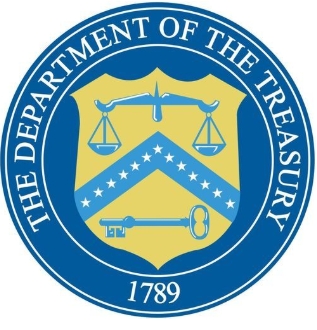
The initial guidance provides a broad overview of how Treasury and the IRS plan to implement the 45Z credit, including eligible fuels and the plans to incorporate climate smart agriculture (CSA) practices in the carbon intensity (CI) calculations for certain domestically produced feedstocks. The development of detailed regulations implementing rules for claiming the credit, however, will be developed and finalized under the upcoming Trump administration.
The Section 45Z credit, established by the Inflation Reduction Act, aims to incentivize the production of transportation fuels with lifecycle greenhouse gas (GHG) emissions levels below certain levels. It provides a per-gallon (or gallon-equivalent) tax credit for producers of clean transportation fuels based on the CI of production.
The credit is currently in place for 2025-2027. For facilities that meet prevailing wage and apprenticeship requirements, the value of the credit is up to $1 per gallon for non-aviation fuel and up to $1.75 per gallon for sustainable aviation fuel (SAF). The base credit for facilities that do not meet prevailing wage and apprenticeship requirements is 20 cents per gallon and 35 cents per gallon, respectively.
According to Treasury, the guidance issued on Jan. 10 aims to provide clarity on which entities and fuels are eligible for the credit and how taxpayers determine lifecycle emissions. Specifically, the guidance outlines Treasury and the IRS’ intent to define key concepts and provide certain rules in future rulemaking.
Regarding what fuels are eligible for the credit, Treasury said it intends to propose that 45Z-creditable transportation fuel must itself (or when blended into a fuel mixture) have either practical or commercial fitness for use as a fuel in a highway vehicle or aircraft. Marine fuels that are otherwise suitable for use in highway vehicles or aircraft are also eligible, including marine diesel and methanol. The guidance also means that neat SAF that is blended into a fuel mixture that has practical or commercial fitness for use as a fuel would be creditable. Additionally, natural gas alternatives, such as renewable natural gas (RNG), would be suitable for use if produced in a manner such that if it were further compressed it could be used as a transportation fuel.
Treasury’s guidance also addresses how taxpayers will be required to determine the lifecycle emissions of their fuel in order to calculate the credit amount. As part of the guidance, Treasury published an annual emissions rate table that directs taxpayers to the appropriate methodologies for calculating the CI for types and categories of 45Z-eligible fuels. That table directs taxpayers to use the most recent determinations under the 45ZCF-GREET model to determine the emissions rate of non-SAF transportation fuel. Either the 45ZCF-GREET model or the International Civil Aviation Organization (CORSIA) model can be used for SAF.







